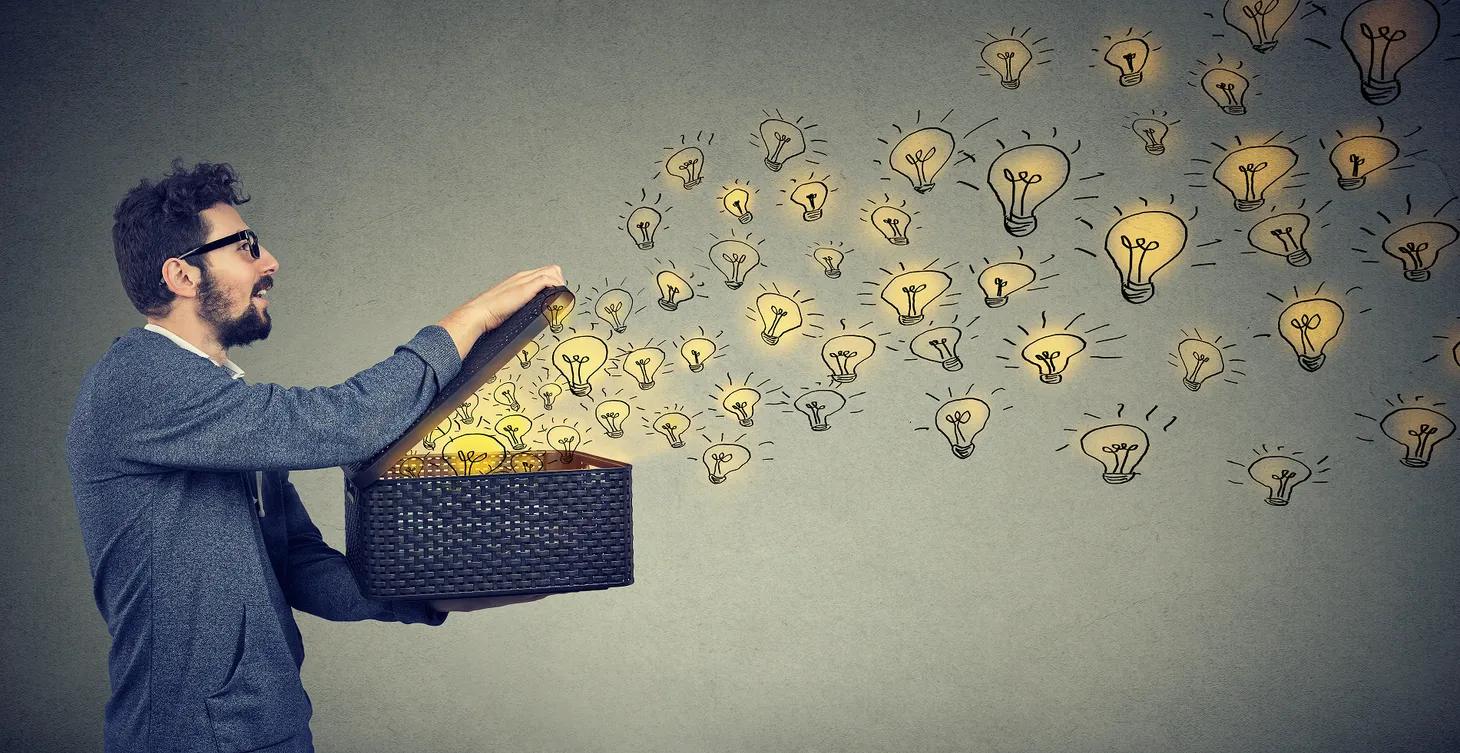Innovating With Fresh Eyes
I’ve been in the innovation game for more than 30 years. Hard to believe. With that many years comes loads of experience but also some downsides. As with most things, when you’ve done something for a long time, you tend to fall into a pattern – a rut. You use your experience to recognize a […]

I’ve been in the innovation game for more than 30 years. Hard to believe. With that many years comes loads of experience but also some downsides.
As with most things, when you’ve done something for a long time, you tend to fall into a pattern – a rut. You use your experience to recognize a pattern and then immediately apply the answer that worked the last time.
That works great in many situations but can create major blind spots when it comes to innovation.
Stuck In A Rut
How many of us have fallen into our respective ruts? Are you like me and tend to drive the same way to work every day? How about choosing restaurants? I tend to have a fairly short list of regular places we go to.
We all have ruts in both our personal and professional lives. What happens when the rut doesn’t work? You find yourself with a challenge and the answer eludes you.
What do you do? You tend to go to your peers of experts to see if maybe they have a rut that leads to a different answer.
Fresh Eyes
What we need to do is to teach ourselves to see the world around us with fresh eyes. What are fresh eyes? Seeing with fresh eyes is to see something as if it were the first time. No biases. No pre-conceived right/wrong answers. No default expertise that can cloud our perspective on what we are seeing.
For instance, we tend to travel the same path to and from work, school or the grocery store. How many of you can name the latest store that opened on that path?
We all fall into our rut. We travel the same path every day and don’t notice what’s changed, what is new. We see with old eyes. We skim our way through life. Old eyes will allow us to walk right past that next great idea or the solution to a problem we have been working on.
Let me give you an example from one of my fellow TED speakers
Innovating Potato Chips
Let’s talk potato chips.
A major manufacturer of potato chips was struggling with a problem. Their chips had too much oil on them at the end of the manufacturing process. Their experts felt they could leverage a solution to a similar problem they had with salt. With the “too much salt” problem, they added a step where the chips were shaken to remove the salt.
So they applied the same solution to the oil. It didn’t work. So they shook the chips a little harder until the oil came off. But now the chips were broken.
What to do?
With their experts stumped, the manufacturer decided to crowdsource an idea from people outside their industry looking for fresh eyes.
Low and behold a solution to the problem emerged from the most unlikely of people. The solution came from a concert violinist. The violinist looked at the problem and realized that it resembled something that they had seen. When a violin hits certain tones, water will bead up and dance.
So – the violinist proposed playing a certain tone that would cause the oil on the potato chips to bead up and jump off the chips. And guess what, it worked! Here was a solution not found by the experts but from an unexpected source.
The Innovation Lesson
The lesson?
Don’t assume that the ideas or the answer will always come from the experts. Sometimes we need to bring in fresh eyes.
Honestly ask yourself, are you seeing with fresh eyes or are you suffering from old eyes? Fooling ourselves into thinking we have this covered can be disastrous not only to you and your career but also for your team and the entire organization.
Step 1: Be self-aware that we all see with old eyes
Step 2: Build up the habit of looking at everything with fresh eyes
Step 3: If we are stuck, ask for fresh eyes from the non-experts. You may just be surprised.
Building Fresh Eyes
My challenge to all of us, myself included, is to practice seeing with fresh eyes. How? Recognize when we are stuck in a rut and get out.
- Drive a different way to work — and on this new route, maybe notice a new restaurant you want to try.
- Challenge a process you are using — and try a different way to solve a problem.
- Ask for someone that is NOT an expert to come and give you feedback on your work with fresh eyes.
Just think about it. What could happen if we open ourselves to seeing with fresh eyes?
What could we create then?
Phil McKinney Newsletter
Join the newsletter to receive the latest updates in your inbox.




